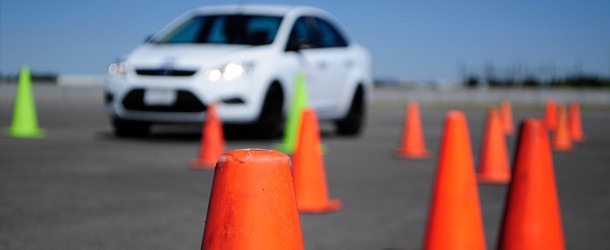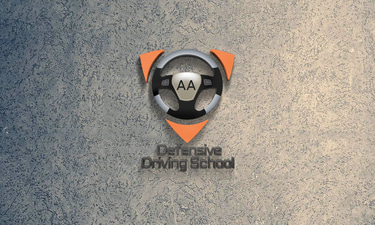

Essential Defensive Driving Tips for Road Safety
Understanding Defensive Driving.
Defensive driving is more than just following traffic laws; it’s about anticipating hazards, or what I like to call, " Potential Hazards" avoiding accidents, and keeping yourself and others safe. Whether you're a new driver or an experienced motorist, understanding defensive driving techniques can make a significant difference in your safety.
Key Tips for Staying Safe on the Road
1. Stay Alert and Avoid Distractions
One of the core principles of defensive driving is maintaining focus. Avoid using your phone, adjusting the radio excessively, or engaging in activities that take your eyes off the road. Keeping both hands on the wheel and scanning your surroundings helps you react faster to potential hazards.
2. Maintain a Safe Following Distance
A good rule of thumb is the "three-second rule"—stay at least three seconds behind the car in front of you. In poor weather conditions, increase this distance to allow for extra stopping time.
3. Expect the Unexpected
Defensive drivers assume that others may make mistakes. Watch out for sudden lane changes, aggressive drivers, and unexpected stops. Always be ready to react safely without panic.
4. Adjust for Weather and Road Conditions
Rain, snow, and fog can impact visibility and traction. Reduce speed, use headlights appropriately, and avoid sudden braking or acceleration in hazardous conditions.
5. Follow Speed Limits and Traffic Rules
Speeding reduces reaction time and increases the severity of accidents. Always adhere to posted speed limits and adjust for traffic conditions.
6. Use Your Mirrors and Check Blind Spots
Before changing lanes, always check your mirrors and look over your shoulder to avoid blind-spot collisions. Regularly glance at your mirrors to stay aware of your surroundings.
7. Be Aware of Aggressive Drivers
If another driver is tailgating, honking excessively, or weaving through traffic, it’s best to stay calm. Avoid engaging, change lanes if necessary, and allow them to pass safely.
8. Plan Your Route and Give Yourself Extra Time
Rushing leads to aggressive driving and poor decision-making. Plan your trip ahead of time, check traffic conditions, and allow enough time to reach your destination without stress.
Defensive driving is about being proactive rather than reactive. By following these tips, you can reduce the risk of accidents and ensure a safer driving experience for yourself and others. Consider taking a defensive driving course to sharpen your skills and gain additional road safety knowledge.
